Living on Sustainable Edge
One of the most difficult part for us as humans is to accept change. Change is always resisted especially when it disturbs your comfort zone. I am sure you would agree too, and this is exactly what happened to me. In my previous article “My Journey to Sustainability” I mentioned about how I took a turn in my life towards sustainability.
But more than the journey of my transformation, what is more difficult is, to keep practicing this new path which seems too arduous. Today I am going to share about what keeps me going and share about how sustainability can be adapted in our daily lives. It is mainly my strong will power that I developed after understanding the repercussions of not doing it. So even though it has not been an easy-going thing, I still manage to push myself. Every single day during my transformation I used to have an internal fight, where one half of my brain said why do you care and at the same time the other half would convince to continue doing it. And with time the fight only increased initially, but when they slowly developed into my new habits, I started enjoying and was happy about it.
Like I mentioned in my previous article, not everything I know I should be doing is been done today, but I am surely managing to adapt to each one at a time. And this helps me to keep growing my edge towards sustainability.
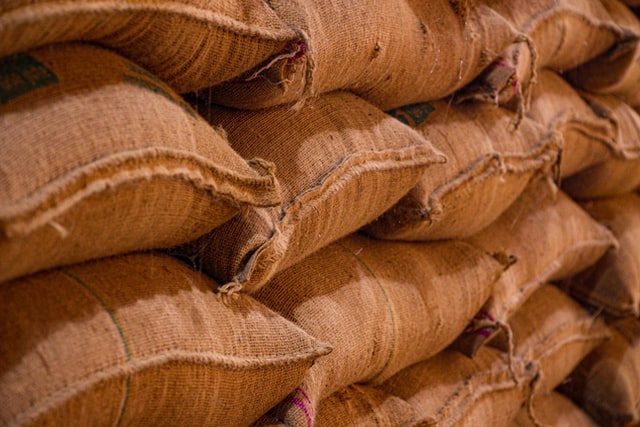
There are a few struggles that I face even today, and when I realize while doing them, I develop a great sense of guilt which makes me feel as a criminal. But then I take that positively to take strong actions and adapt that into my life. Many a times earlier, I used to forget to carry my reusable cloth bags and suddenly when I would realize that I need to purchase some groceries and vegetables from the market, I was forced to pick them into the single use plastic bags with a guilt. Well, after couple of incidents I added the reusable cloth bags in my backpack which I always carry with me now. It was a tough decision to take then, since the market was away and I could access only through some mode of transport and hence, I always chose to carry in the plastic bag on those few occasions against more CO2 emissions through transportation.
Every day when the food waste from my house is being disposed, I know that in spite of being segregated it ends up going to the landfill as there are no systems set up to treat the wet waste effectively in my city. This intrigues me to start practicing home composting with a motive to use the compost to plant my own herbs and other small veggies. But honestly, I haven’t been able to make my own compost yet and still looking for the right motivation to gear this up. But I am certain that I will begin this soon.

Also, there are several ways that one can then use this compost to grow food produce at the doorstep which not only gives you an organic fresh produce which is pure but also reduces a lot on the transportation emissions. We can do this as terrace farming, vertical green walls, hydroponics, aquaponics, etc. Though many of these techniques are a little expensive today, but can we think of ways to reduce cost of production, bringing the price to produce at our doorstep anywhere near the cost of the produce outside? It is still a considerable option provided we find the workforce to implement this.
We all know that only about 2.5% of the 70% water on the surface of the earth is potable, and only about 1% is accessible and a very small fraction of this lies in our lakes to meet our daily water needs in the metropolitan cities. India’s average rainfall over the last 120 years is a little over 1100mm, and if we were to collect this lot of our problems to meet our water requirements would be solved. Let’s understand what happens to this water which is completely natural and potable. Most of the water is not designed to be collected. And where there are any systems in place for capturing this rainwater, the broader purpose is defeated because that water is usually attached to the storm water drain channels. But what if we diverted this water to recharge our ground water tables and collected them in the tanks for our domestic use. Don’t you think we would put this water to some better use rather than wasting it now and facing the challenges in the future.
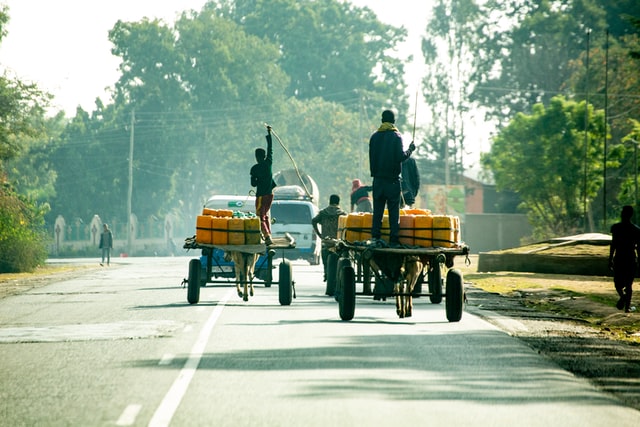
One cubic meter of volume contains 1000lts, assuming this our drinking requires 1m3, kitchen consumes 5m3, laundry 10m3, toilet 20m3, vegetarian food 500m3 and meat will be between 500 – 1000m3 annually considering a modest lifestyle. If you noticed here, meat consumes more than once and up to twice the water of what a vegetarian diet consumes. Of course, this is no reason to cut down on your meat from your diet.
Now coming to where the water drains off. But before that let us understand types of wastewater viz. black water and grey water. They are differentiated based on their levels of contamination. Black water contains water from the toilets with urine and faecal matter, whereas grey water contains water from sinks, bath and washing machine. However, whether the wastewater is black or grey mostly it is disposed either directly into the sewers connected to rivers and sea without being treated except for larger complexes where they have a sewage treatment plant and only partial water is treated in centralized wastewater treatment plants or in the open. Similarly, wastewater from industries is also disposed with minimum requirements to remove the contaminants into the rivers and seas partially polluting them.
Did you know that greywater if passed under the bio-cells with selected species of plants absorbs the contaminants which are minerals to those plants and then that water can be pumped to flushing tanks? Moreover, when the blackwater is passed through septic tank which separates the solids and liquids can again be passed under another bio-cell which further provides minerals to those plants and the treated water can eventually be transferred to the plantation that cannot absorb the contaminants from the water. In this way, the water is used four times before it ends up in the fields. This system is commonly termed as contained sewage water treatment. But what happens in the case of multi-storied apartments? Can you think of ways now as to how we can reuse and treat the water and prevent from contaminating the sewers leading to sea water? Don’t you think reusing and recycling water can reduce our demand of water?
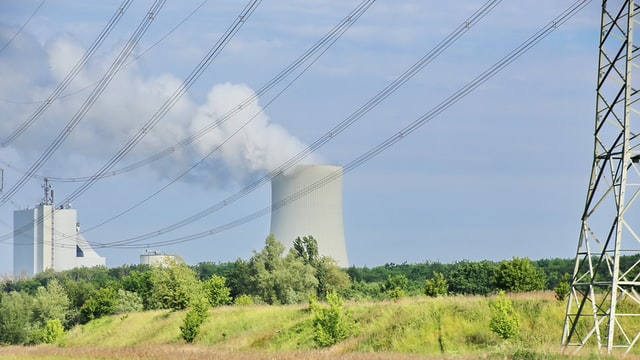
More than 50% of electricity in India today still comes from coal, in spite of renewable energy prices being lower than that of thermal energy from coal. Of course, one can contemplate that this is matter of time until which slowly the solar energy and wind energy will take over and reduce the production from coal fired plants. But can we as individuals think of adapting to renewable energy that is locally generated which costs as much as 50% of the commercial electricity provider? An average rate per unit can be somewhere between Rs. 6.5 to Rs. 7 from electricity providers, whereas rate per unit from rooftop solar energy can be as low as Rs. 3.25 to Rs. 3.5 considering the system life of 25 years and regular maintenance of the system. Generating electricity centrally over long distances also creates tremendous transmission losses. Hence, it is no brainer that the energy generated from renewable sources not only generates less carbon footprint and is more efficient but is also lighter on our wallets.
An average person with a modest lifestyle consumes anywhere between 2 to 3 units per day and assuming 5 persons per household this adds up to about 300 to 450 units per household per month and about 3600 units to 5400 units annually which will save approximately between Rs. 12,600 to Rs. 18,900 annually and about Rs. 3,15,000 to Rs. 4,72,500 over the system life of 25 years of the rooftop solar system. For a family living a modest lifestyle, this amount is quite considerable. Although, to apply this in multi-storied apartment complexes due to lack of total rooftop area required, one can at least consider integrating the rooftop solar system for common area which can drastically reduce their maintenance bills.
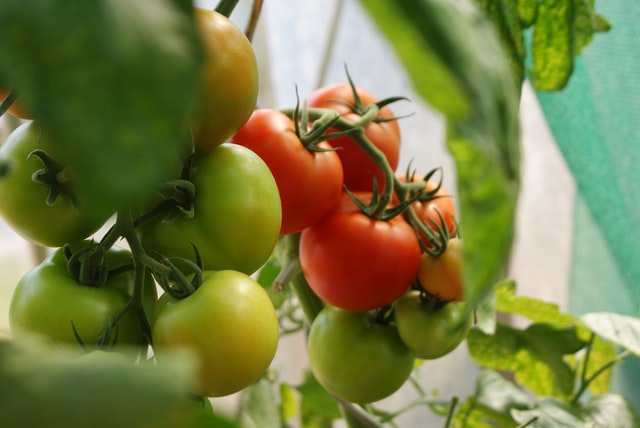
Any modern gated housing community will have a dedicated landscape zones with softscape and hardscape areas. There is a chaos at many levels, beginning from the planning for a typical Indian community and their love for social spaces to utilization of the open spaces for better purpose. Commonly observed modern day landscape design will include everything from exotic species to beautify the aesthetics and non-functional spatial spaces that are out of sync, the way people interact with each other disrupting and damaging the social character and bringing in the western cosmopolitan touch. But what is more important here is that none of the designs will have spaces planned for food plantation nor even fruit trees. But what if we started planting with fruits and vegetables that we require rather than having those exotic plantations that are bad for the soil, biodiversity and most importantly bear no utility?
Well, the power to choose lies in our hands but our lack of awareness and negligence to understanding the importance of various elements leads to this havoc. But the funny part is that only a handful of us are aware about it.
In my next and last article of this series I will share about how one can design home interiors for a better affordability, livability and sustainability to adapt a better lifestyle.
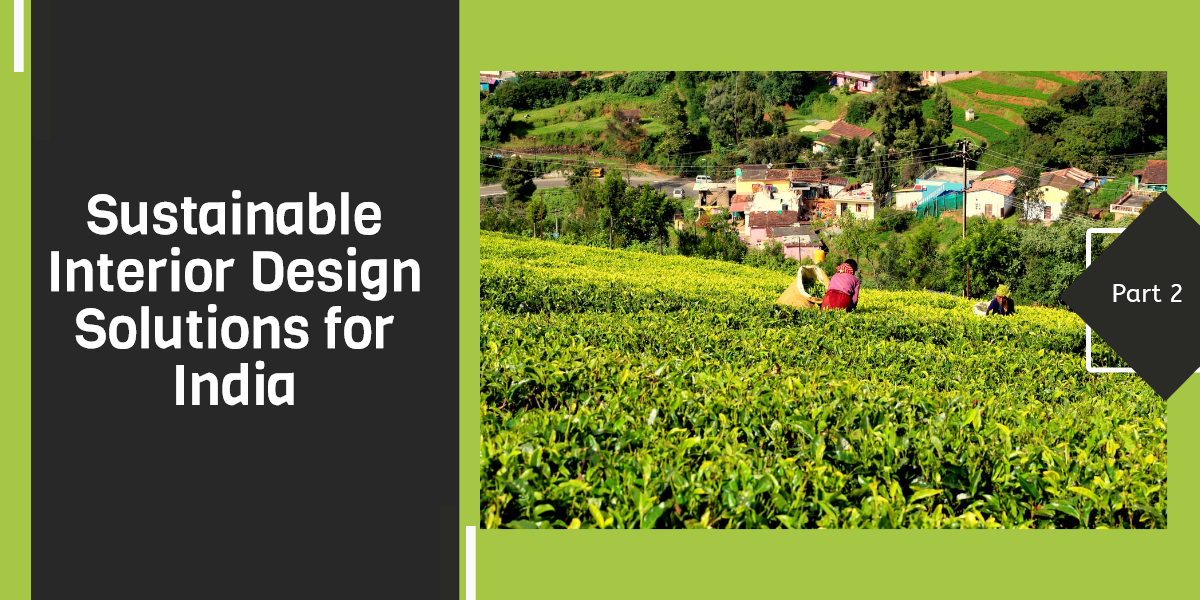

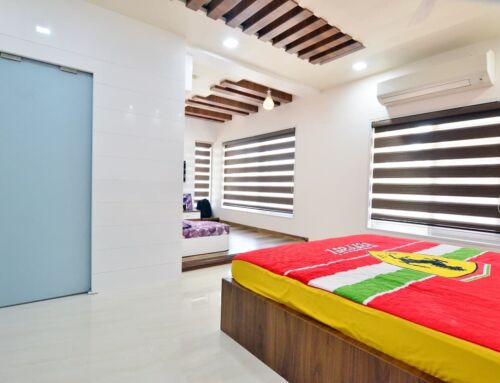
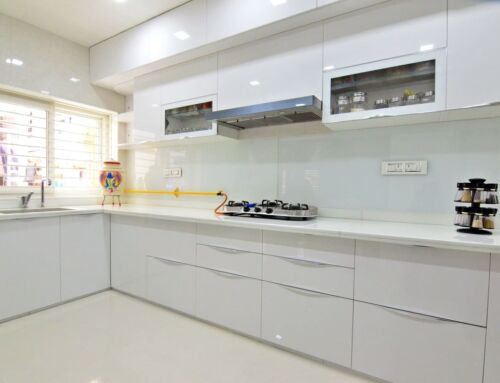

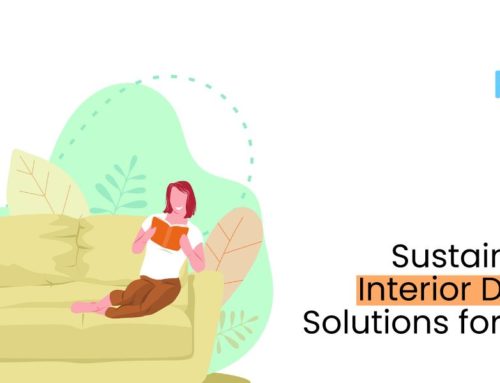
Hi Nitin, thank you for sharing your wisdom. Can you tell me more about the “bio-cells” you are referring to?
“Did you know that greywater if passed under the bio-cells with selected species of plants absorbs the contaminants which are minerals to those plants and that water can be pumped to flushing tanks?”
thankyou so much for the information you have shared ,would love to read further
Hi Nitin
Is there any option for laminate. I intend not to use laminate for our wardrobe and TV unit instead can use FAB or something else pls suggest.
Laminate has may good qualities and thats the reason widely used. They come in varities of textures, designs, colours, price range. Easy to apply, Easy to clean, Time tested. Check is solid surface (Corian) fits in to your busget. Solid surface is also amaing option but cost will go up.